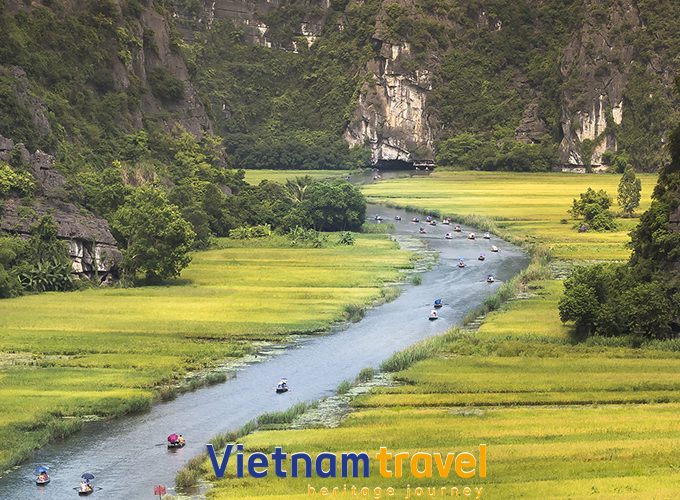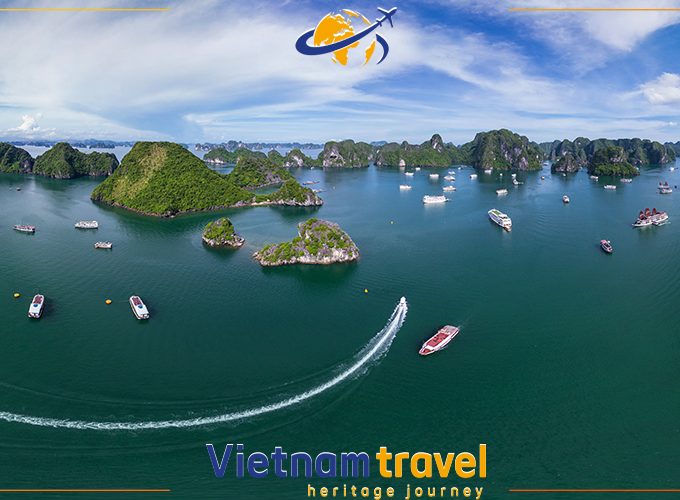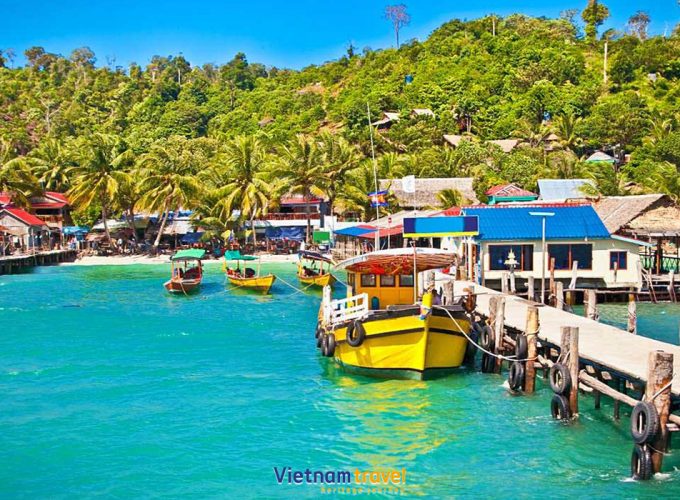A Glimpse into Ayutthaya’s Glorious Past
Founded in 1350, Ayutthaya was once one of the world’s wealthiest cities, a cosmopolitan hub where traders from Europe, China, and beyond mingled with Siamese royalty. Its downfall came in 1767 when Burmese invaders razed the city, leaving behind the evocative ruins seen today. Key landmarks include:
-
- Wat Mahathat: Famous for the iconic Buddha head entwined in tree roots, this temple symbolizes Ayutthaya’s fusion of nature and spirituality.
- Wat Phra Si Sanphet: The grandest temple, with three towering chedis (stupas) housing royal ashes.
- Wat Chaiwatthanaram: A Khmer-inspired complex with prang towers overlooking the Chao Phraya River, reminiscent of Cambodia heritage travel gems like Angkor Wat.
These sites make Ayutthaya a must-visit for heritage travel, offering insights into Thailand’s architectural and spiritual legacy.
Cultural Immersion: Temples, Festivals, and Traditions
Ayutthaya’s heritage lives on through vibrant cultural practices:
-
- Loy Krathong Festival: Float lanterns on the river amidst illuminated ruins, a magical blend of past and present.
- Ayutthaya Historical Park: Rent a bicycle to explore the 289-acre site, passing lotus ponds and saffron-robed monks.
- Local Markets: Visit Ayutthaya Night Market for street food like boat noodles and traditional handicrafts.
These experiences mirror the cultural richness found in Laos heritage travel (Luang Prabang’s alms-giving) or Vietnam heritage travel (Hoi An’s lantern festivals).
A Nexus of Indochina Heritage Tourism
Ayutthaya’s strategic location enriches Indochina heritage travel itineraries:
-
- Compare Architectural Styles: Contrast Ayutthaya’s prang towers with Cambodia heritage travel highlights like Angkor Wat’s spires or Myanmar heritage travel wonders in Bagan.
- River Connections: Cruise the Chao Phraya River to Bangkok, mirroring Mekong journeys in Laos heritage travel.
- Regional Linkages: Combine with Thailand heritage travel stops like Sukhothai or cross-border trips to Vietnam heritage travel sites (Hue’s Imperial City) or Myanmar heritage travel (Mrauk U).
This interplay cements Ayutthaya’s role in Indochina heritage tourism, showcasing Southeast Asia’s interconnected history.
Adventure and Exploration
Beyond temples, Ayutthaya offers dynamic experiences:
-
- Elephant Kraal: Learn about Thailand’s historic elephant-training traditions.
- Bang Pa-In Palace: A 17th-century royal retreat blending Thai, Chinese, and Gothic architecture.
- Boat Tours: Glide past waterfront ruins at sunset, akin to Vietnam heritage travel journeys in Hue’s Perfume River.
For history buffs, the Ayutthaya Historical Study Center delves into the city’s global trade networks and cultural exchanges.
Culinary Heritage: Flavors of the Old Capital
Ayutthaya’s cuisine reflects its royal and multicultural past:
-
- Roti Sai Mai: Cotton candy wrapped in thin roti, a Persian-influenced sweet.
- Mango Sticky Rice: Savor this Thai classic at riverside eateries.
- Historic Recipes: Try gaeng som pla chon (sour fish curry), a dish once served to Siamese kings.
Food here is a delicious bridge between heritage travel and modern Thai culture.
Sustainable Tourism and Preservation
Ayutthaya balances tourism with heritage conservation:
-
- Restoration Projects: Ongoing efforts to stabilize ruins using traditional techniques.
- Community Tourism: Support homestays in Klong Sabua Village to experience local life.
- Ethical Practices: Respect sacred sites by dressing modestly and avoiding climbing on fragile structures.
Travelers contribute to preserving Ayutthaya’s legacy, much like responsible practices in Cambodia heritage travel (Angkor) or Laos heritage travel (Luang Prabang).
Practical Tips for Your Visit
-
- Getting There: 1.5-hour train or bus ride from Bangkok; day trips are popular.
- Best Time to Visit: November–February (cool, dry weather).
- Guided Tours: Hire a local guide for deeper insights into Ayutthaya’s history.
- Accommodation: Stay in boutique hotels like Baan Thai House for an authentic vibe.
Embrace the Spirit of Heritage Travel
Ayutthaya is more than a collection of ruins—it’s a portal to Southeast Asia’s soul. As you wander among its broken Buddha statues and moss-covered bricks, you’ll sense the whispers of empires past. Pair it with Indochina heritage travel icons like Angkor Wat, Bagan, or Hoi An to witness the region’s timeless tapestry. Pack curiosity, respect, and a camera, and let Ayutthaya’s ancient stones tell their stories.
Thailand Heritage Tours






















